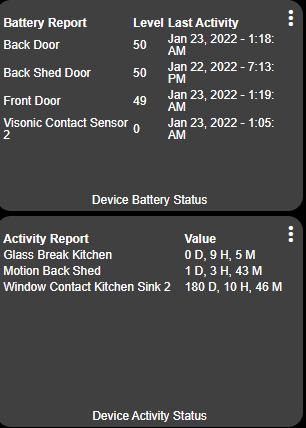Regarding your "missing" sensors. From info I gathered, the hub routing is a snapshot in time of the current routes and devices. Perhaps for a certain period of time like the last 15 minutes.
Also zigbee does not maintain active, constant communications channels. Sensors wake up and communicate when they have something to report then they go back to sleep. So routers and coordinators (hubs) may see sleepy end devices (battery powered) sensors drop off.
And routes devices take aren't always logical in terms of distance or line of sight. I've had sensors in my detached garage use routers that were further away then the hub itself.
Don't get too hung up on the routing. If a device pairs and does what it supposed to do reliably, that's all that matters.
You could look into The Device Watchdog app, It monitors device activity and battery levels and produces a report if a device fails to report after a period of time that you designate.
https://community.hubitat.com/t/release-device-watchdog/7692/1
Here's mine on a dashboard, With several obvious test sensors.


